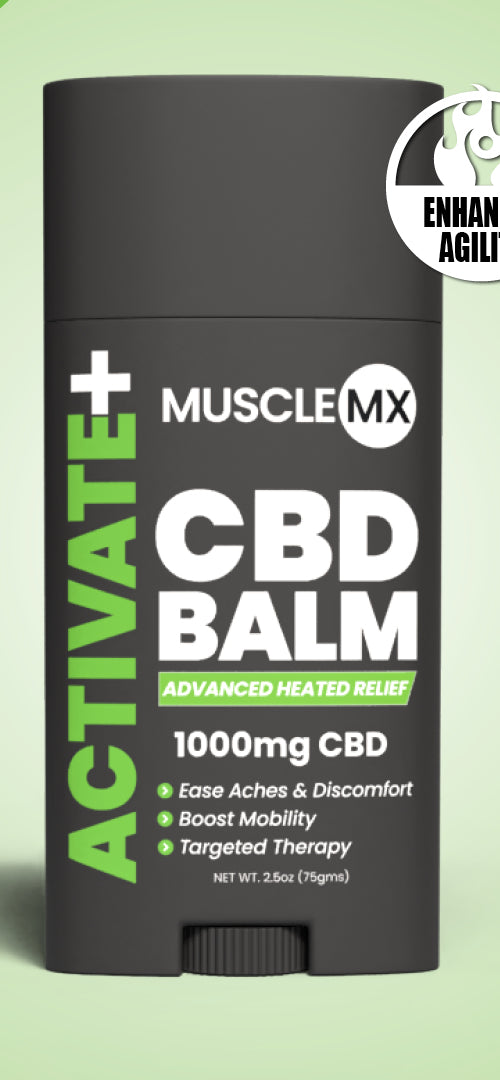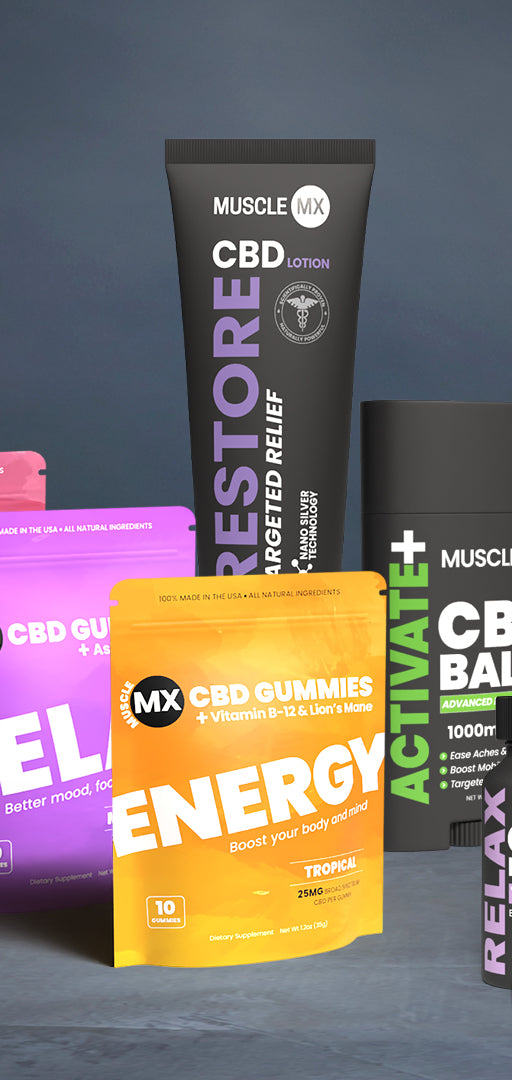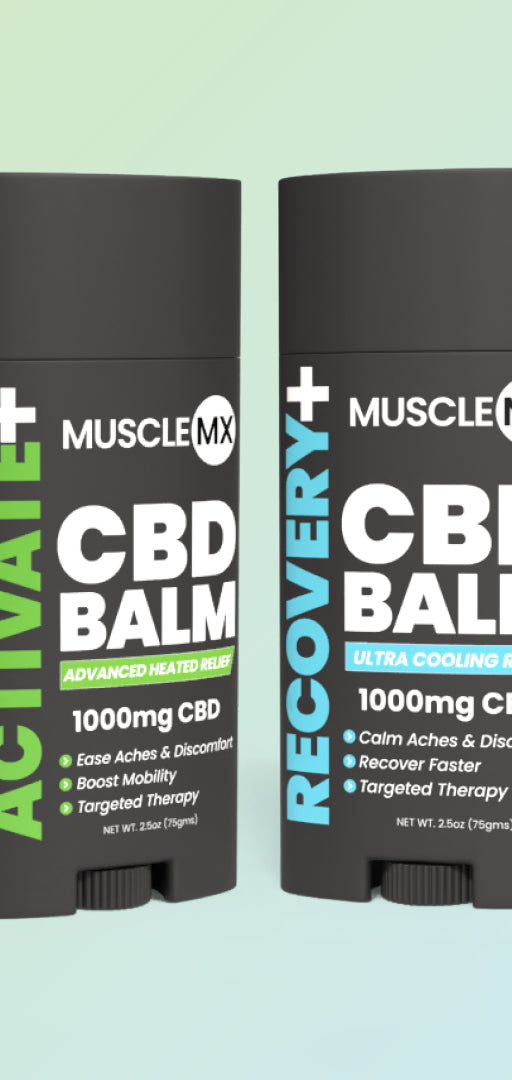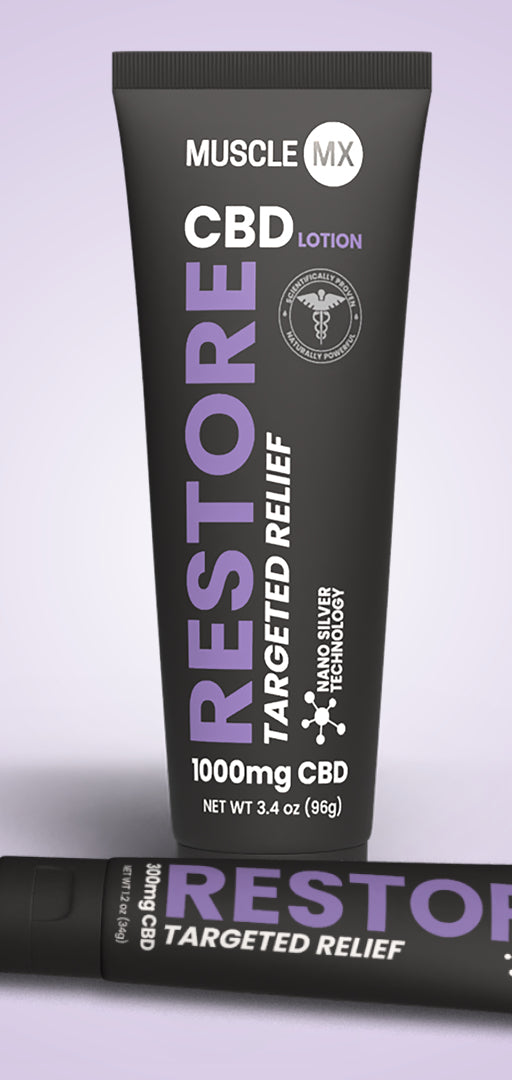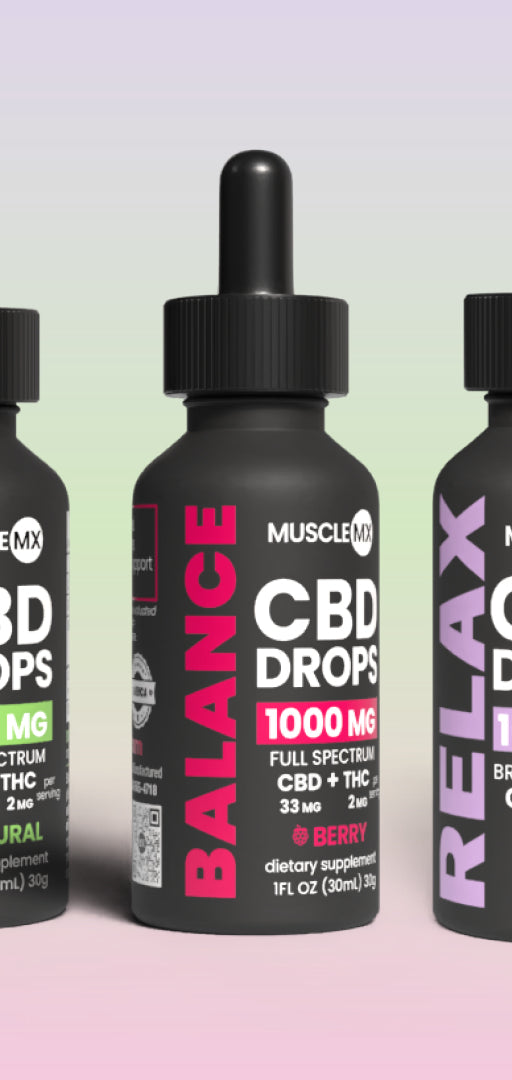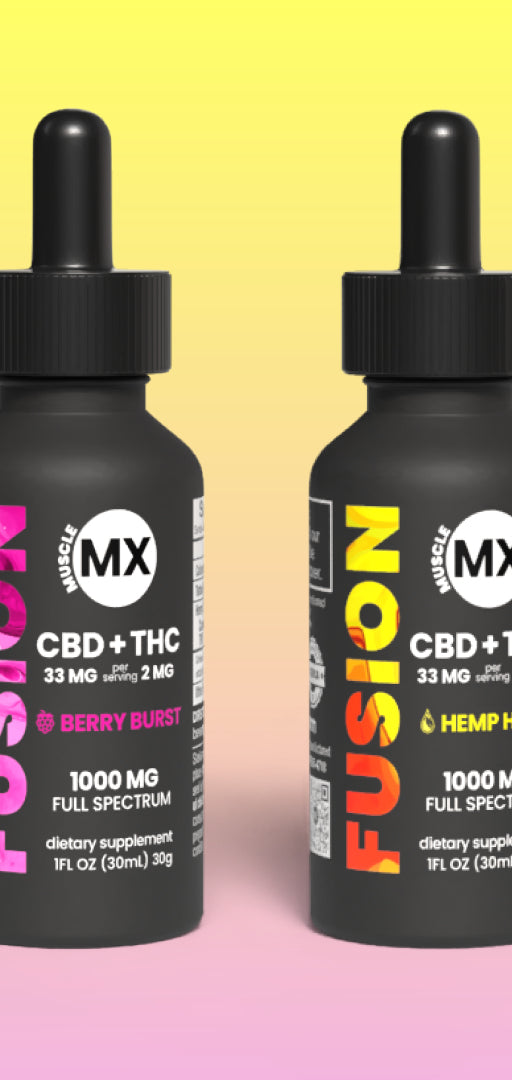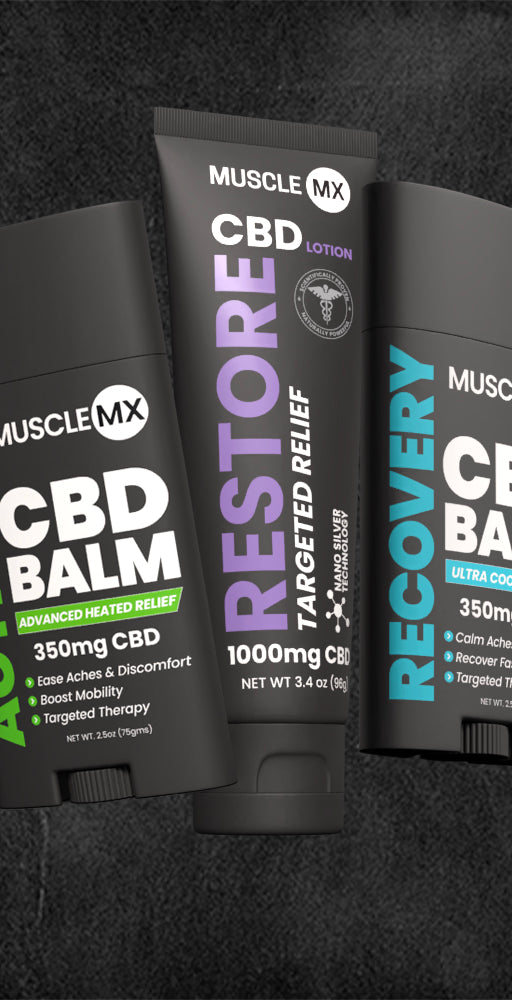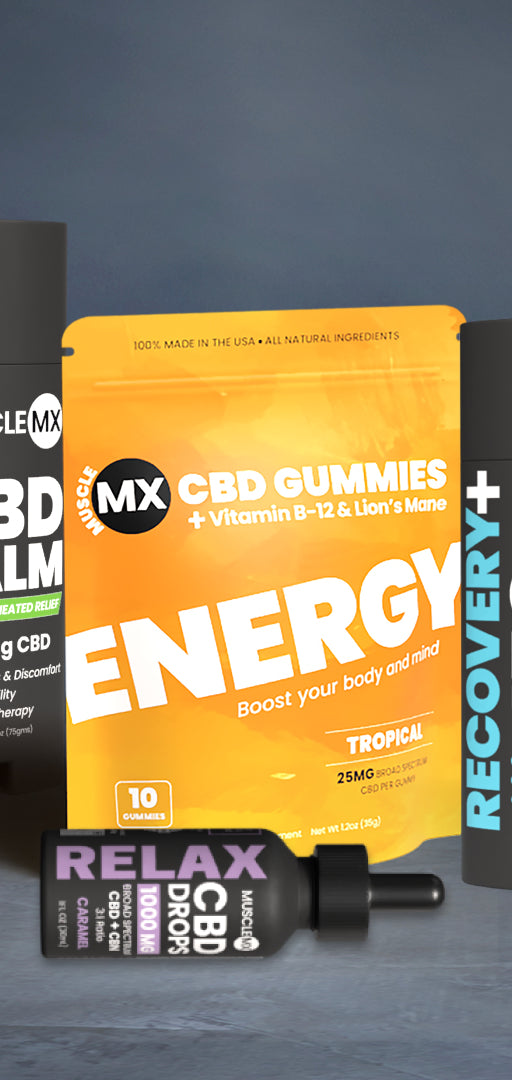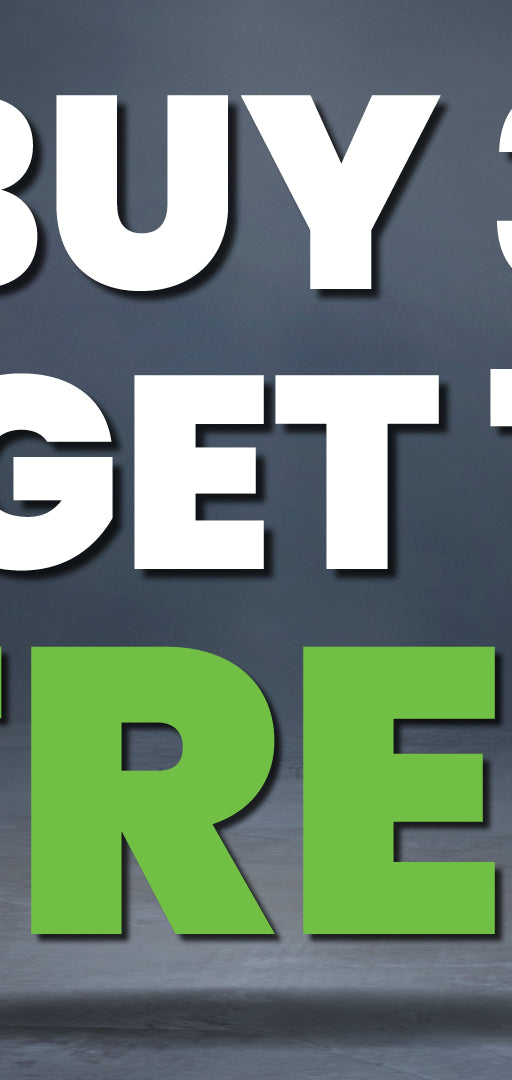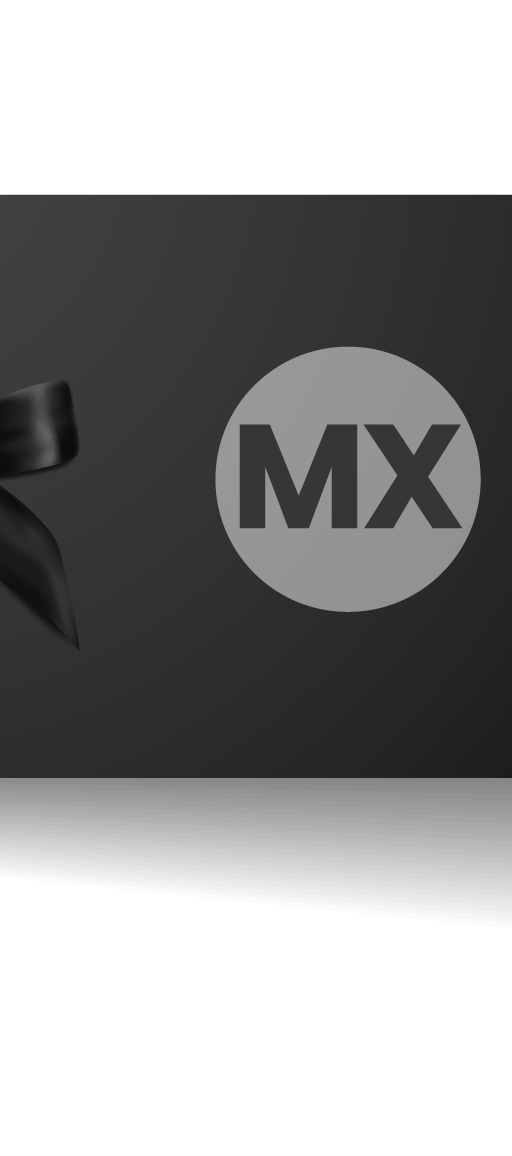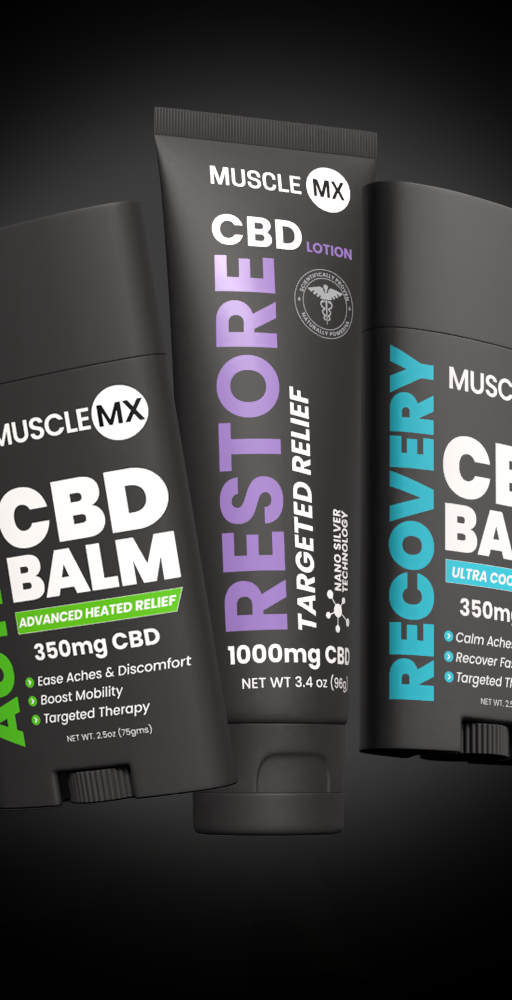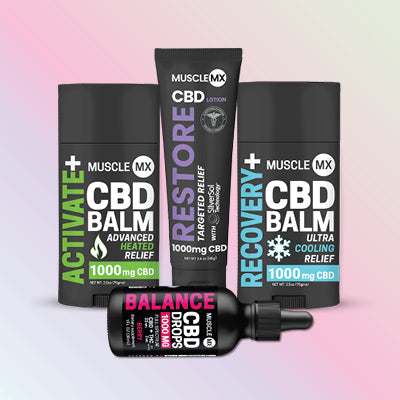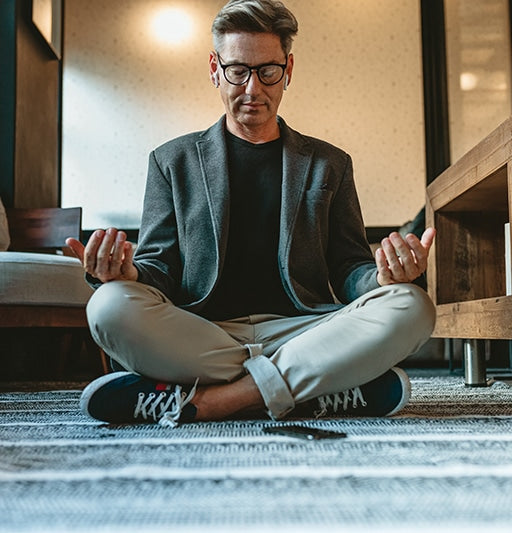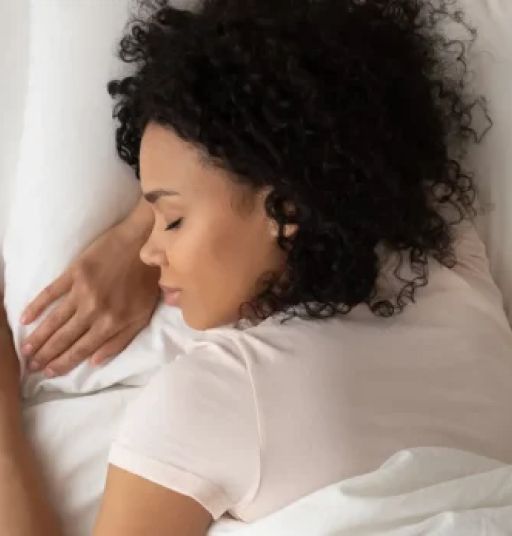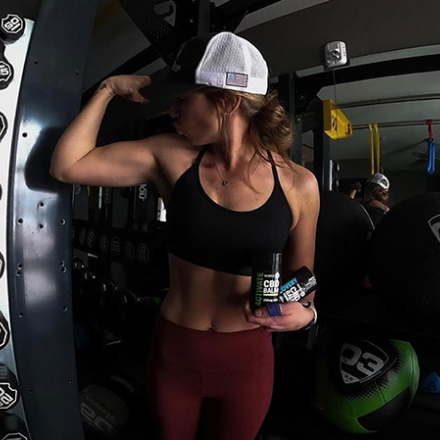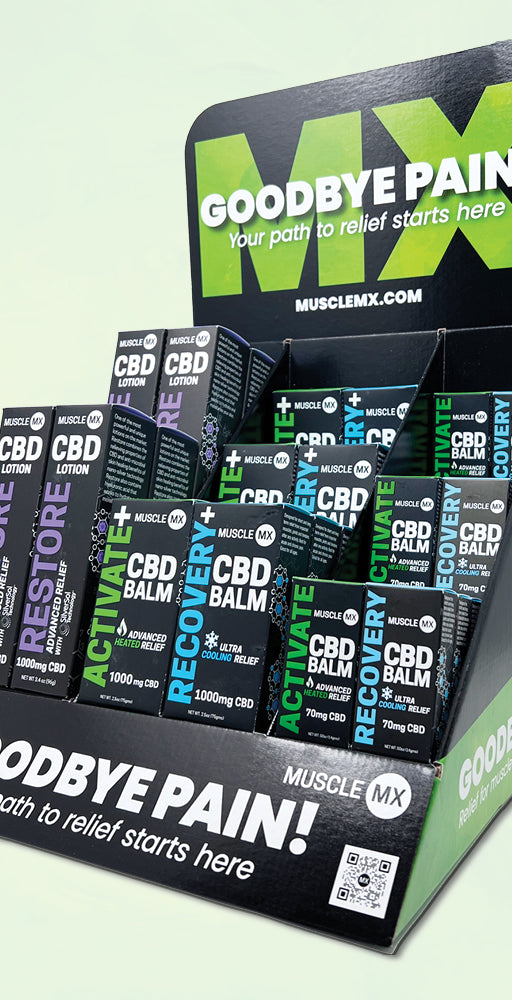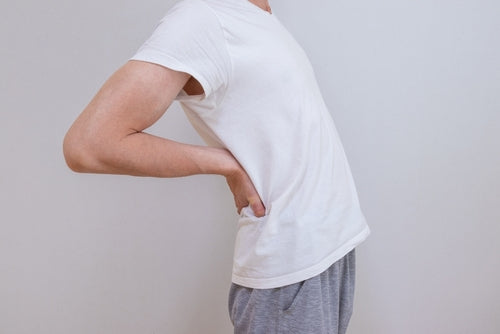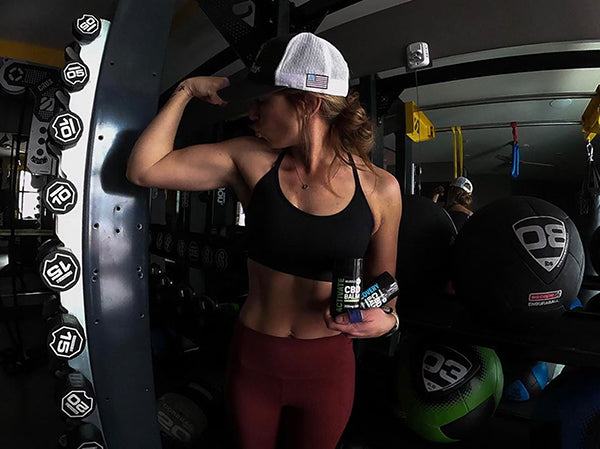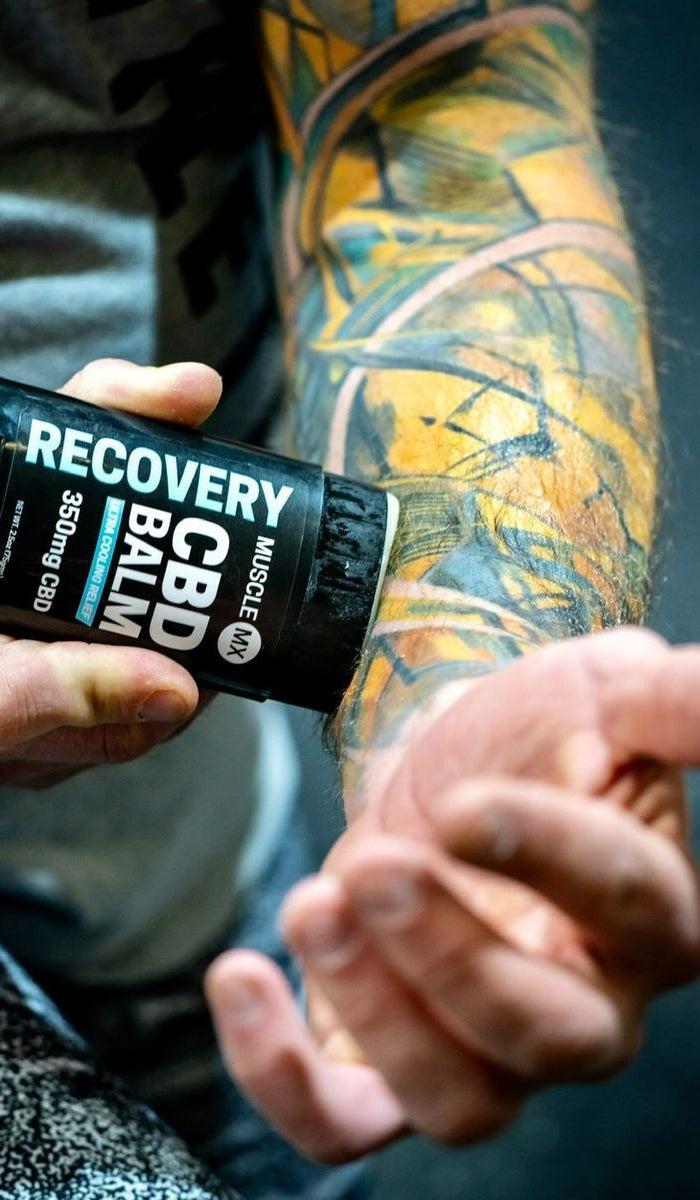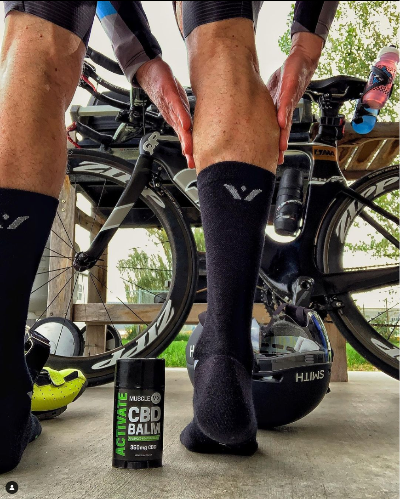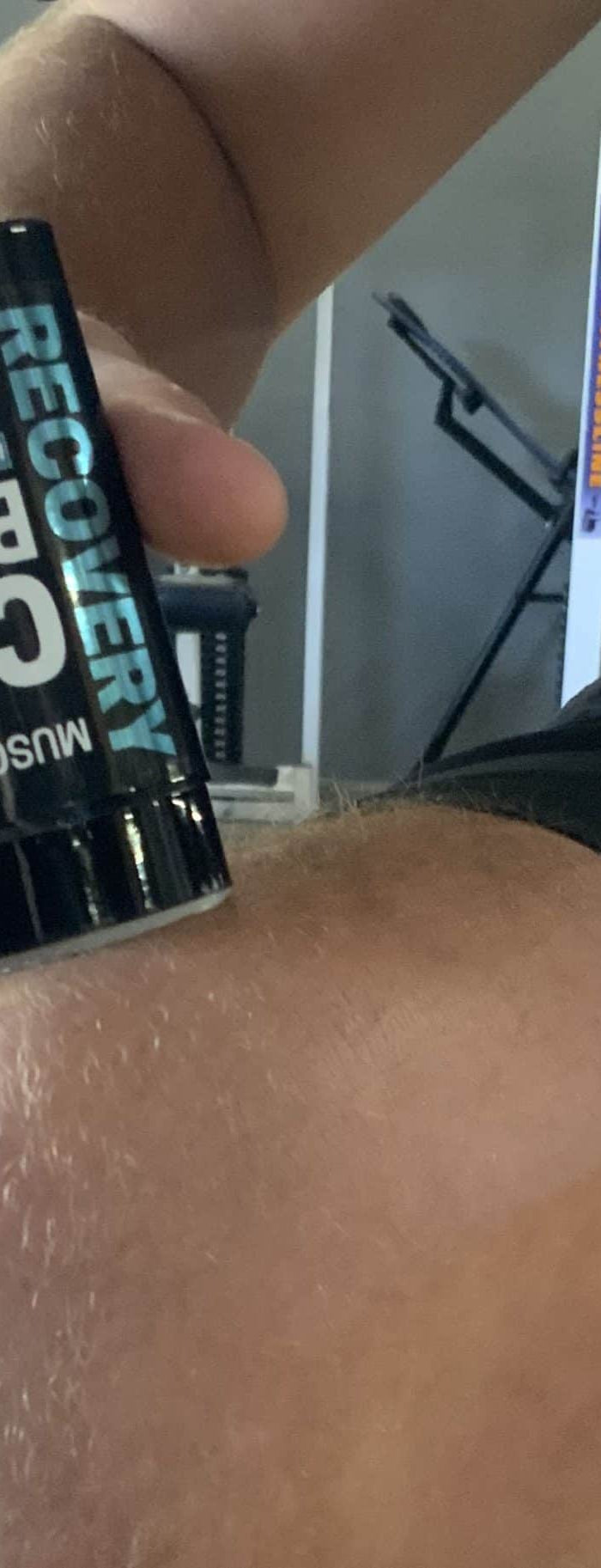Ever feel like your upper back is waging a silent rebellion? From slouching at a desk to staring at your phone for hours, our modern habits are sneakily plotting against this vital part of the body. And when the tension sets in—often accompanied by that stiff, achy feeling—it’s your upper back begging for a little TLC.
Good news! A few well-chosen stretches can help you loosen up, feel more mobile, and even enjoy a deeper sense of relaxation. Forget the intimidating gym vibes; these stretches are all about simplicity and relief. So, let’s crack our knuckles (figuratively, of course) and dive into the best stretches to pamper your upper back.
Why Does Upper Back Pain Even Occur?
Upper back pain can occur for several reasons, as these are typically some of the common causes:
-
Muscle Strain: The muscles and ligaments in the upper back can be strained by activities that involve lifting heavy objects, poor posture, or overuse. This strain can lead to pain, stiffness, and discomfort.
-
Poor Posture: Sitting or standing with improper posture, especially when hunched over a desk, computer, or phone, puts unnecessary stress on the muscles and spine in the upper back. Over time, this can cause muscle fatigue and pain.
-
Herniated or Bulging Discs: The discs in your spine can bulge or herniate, which puts pressure on the nerves in your back. This can cause pain that radiates from the upper back down into the arms or neck.
-
Arthritis: Osteoarthritis or degenerative disc disease can lead to pain in the upper back. As the discs and joints in the spine break down with age, it can cause inflammation, stiffness, and pain.
-
Scoliosis: This is a condition where the spine curves abnormally, often resulting in back pain due to uneven pressure on the spine and surrounding muscles.
-
Spinal Stenosis: This occurs when the spaces within your spine narrow, putting pressure on the spinal cord and nerves, leading to pain in the back, neck, and even the arms.
-
Injury or Trauma: Any trauma to the upper back, such as a fall or accident, can cause injury to muscles, ligaments, or the spine, leading to pain.
-
Stress and Tension: Emotional stress can cause muscles to tighten, particularly in the shoulders and upper back, which can lead to discomfort or pain.
-
Referred Pain: Sometimes, pain felt in the upper back is not caused by a problem in the back itself but by issues with other parts of the body, such as the heart, lungs, or digestive system. For example, heart problems can sometimes cause pain in the upper back, especially in women.
-
Sedentary Lifestyle: Lack of movement and prolonged sitting can weaken the muscles in your back, making them more prone to pain or injury.
If you experience persistent or severe upper back pain, it’s essential to consult a healthcare professional to rule out more serious conditions.
What is the Difference Between Muscle Tightness and Muscle Stiffness?
Muscle tightness and muscle stiffness are often used interchangeably, but they refer to slightly different sensations:
Muscle Tightness
Muscle tightness is a feeling of tension or discomfort in the muscles, often resulting from overuse, physical exertion, or poor posture. It can feel like a muscle is contracted or "knotted" and may limit the range of motion to some extent. Tightness is often temporary and can be relieved through stretching, relaxation, or massage.
Muscle Stiffness
Muscle stiffness refers to a feeling of resistance or difficulty in moving the muscle, often due to a build-up of lactic acid, inflammation, or prolonged inactivity. It can feel as though the muscle is "locked" in place and not as flexible, making it harder to move the joint or muscle through its full range of motion. Stiffness is often associated with post-exercise soreness or after sitting or standing in one position for a long time. It can take longer to resolve than tightness, and may improve with gentle movement or heat application.
How Do You Stretch Out Upper Back Pain?
Stretching out upper back pain doesn’t have to be complicated. All you need is a bit of space, some mindful breathing, and a willingness to show your body some kindness. Here are some of the most effective stretches to target that stiff upper back:
- Thread the Needle
- Start on all fours with your wrists under your shoulders and knees under your hips.
- Slide your right arm under your left arm, palm up, and rest your shoulder and cheek on the floor.
-
Hold for 20-30 seconds, then switch sides.
This twist targets the muscles around your shoulder blades, providing a satisfying release.
- Wall Angels
- Stand with your back flat against a wall, feet a few inches away from it.
- Press your lower back, shoulders, and head into the wall.
-
Raise your arms in a “goalpost” position, then slowly extend them upward like you’re making a snow angel.
Wall Angels improve posture and gently stretch the upper back.
- Seated Spinal Twist
- Sit cross-legged or on a chair with both feet flat on the floor.
- Place your right hand on your left knee and twist your torso to the left, using your left hand for support.
-
Hold for 20-30 seconds, then switch sides.
This classic stretch enhances flexibility and helps release tension in the upper back.
- Overhead Reach with Side Stretch
- Sit or stand tall and extend both arms overhead.
- Grab your left wrist with your right hand and gently pull to the right side.
-
Hold for 15-20 seconds, then switch sides.
This stretch elongates the upper back and opens up tight muscles along the sides.
What Is the Fastest Way to Relieve Upper Back Pain?
When you’re in a pinch and need quick relief, a combination of stretches and mobility exercises can do wonders. These moves are designed to be your go-to remedies for immediate upper back tension:
- Cat-Cow Stretch
- Begin on all fours with your wrists under shoulders and knees under hips.
- Inhale as you arch your back, lifting your head and tailbone (Cow Pose).
-
Exhale as you round your spine, tucking your chin and tailbone (Cat Pose).
This dynamic stretch increases blood flow to your upper back and provides quick relief.
- Doorway Stretch
- Stand in a doorway with your hands on either side, elbows bent at 90 degrees.
-
Step forward with one foot, gently pressing your chest forward.
This stretch opens up your chest and shoulders, counteracting the effects of hunching.
- Shoulder Rolls
- Sit or stand tall and roll your shoulders forward, up, back, and down in a circular motion.
-
Perform 10 rolls in each direction.
Shoulder rolls loosen up the upper back and neck, offering instant mobility.
- Child’s Pose with Shoulder Stretch
- Start in a Child’s Pose position, with your hips resting on your heels and arms extended forward.
- Thread your right arm under your left, palm facing up, and gently press your shoulder toward the ground.
-
Hold for 20-30 seconds, then switch sides.
This variation targets the upper back and shoulders, giving you immediate relief.
How to Get Rid of Upper Back Pain Between Shoulder Blades?
Pain between the shoulder blades is often a sign of tight or overworked muscles. Here are some stretches tailored to tackle this stubborn area:
- Eagle Arms Stretch
- Sit or stand tall and extend your arms forward.
- Cross your right arm over your left, then bend your elbows so your forearms are parallel.
- Press your palms together or grab your thumb if they don’t touch.
-
Lift your elbows slightly and hold for 20-30 seconds, then switch sides.
This stretch targets the muscles between your shoulder blades and improves shoulder mobility.
- Child’s Pose with Foam Roller
- Place a foam roller in front of you and kneel down.
-
Extend your arms forward, resting them on the roller, and let your chest sink toward the floor.
This stretch deeply engages the muscles between the shoulder blades while promoting spinal alignment.
- Reverse T Stretch
- Lie on your stomach with your arms extended in a “T” position.
-
Lift your chest slightly off the ground while squeezing your shoulder blades together.
This exercise strengthens and stretches the upper back muscles simultaneously.
- Standing Forward Bend
- Stand with your feet hip-width apart.
-
Hinge forward at the hips and let your arms hang down, crossing them to grab opposite elbows.
This simple stretch elongates the spine and releases tension between the shoulder blades.
How Do You Decompress Your Upper Back?
Decompressing the upper back can provide a feeling of lightness and relief, especially after a long day of sitting or strenuous activity. Here are some ways to gently decompress and stretch the upper back:
- Supported Bridge Pose
- Lie on your back with your knees bent and feet flat on the floor.
- Place a yoga block or cushion under your lower back.
-
Rest your arms at your sides and let your chest gently open.
This supported pose allows gravity to work its magic, relieving compression in the spine.
- Overhead Doorway Hang
- Stand in a doorway, gripping the top frame with both hands.
-
Let your body gently hang, keeping your feet on the ground.
This stretch decompresses the spine and provides instant relief to the upper back.
- Foam Roller Chest Opener
- Lie on a foam roller so it runs vertically along your spine.
-
Extend your arms out to the sides in a “T” position and let gravity open up your chest.
This passive stretch decompresses the upper back while improving posture.
- Modified Puppy Pose
- Start on all fours with your hips stacked over your knees.
-
Walk your hands forward and let your chest sink toward the ground.
This pose decompresses the spine and stretches the muscles along the upper back.
Roll It Out, Stretch It Out, Love Your Upper Back
Upper back pain might be a modern-day nuisance, but it doesn’t have to be a permanent one. Incorporating these stretches into your routine can help you feel looser, more mobile, and ready to tackle whatever life throws your way. The beauty of these stretches lies in their simplicity—no need for expensive equipment or gym memberships.
So, the next time your upper back starts to grumble, take a few minutes to roll out a mat, breathe deeply, and treat your muscles to the movement they deserve. Also helps if you've some CBD with you. Essentially, stretching isn’t just about relieving pain; it’s about nurturing your body and giving it the care it needs to thrive. Happy stretching!
If you're unsure or if the pain persists, it's a good idea to consult with a healthcare professional such as a physical therapist or doctor. They can guide you on appropriate stretches, exercises, or treatment options for your specific injury.
Useful Videos We Love: https://www.youtube.com/watch?v=fTRv8dEgK3I
https://www.youtube.com/watch?v=wbF7obvVWaI
